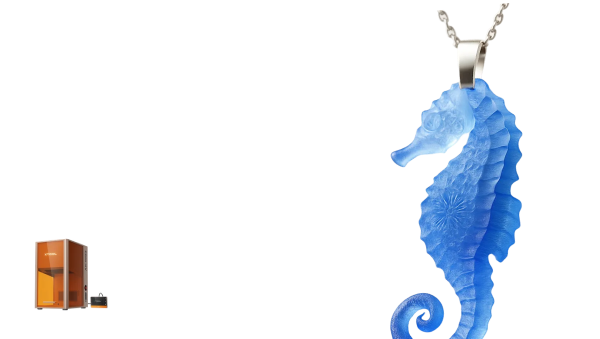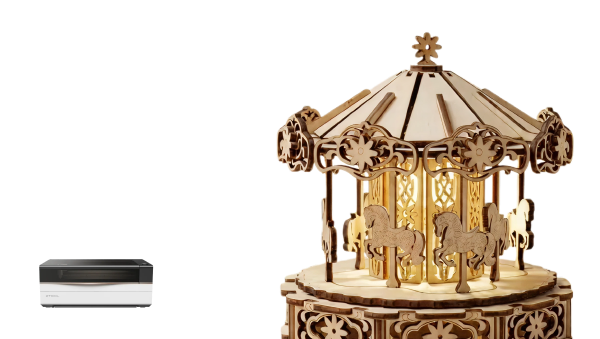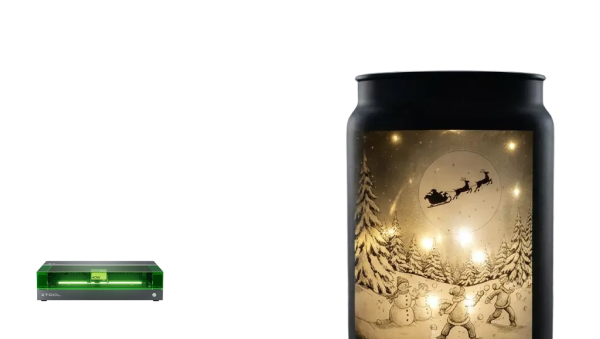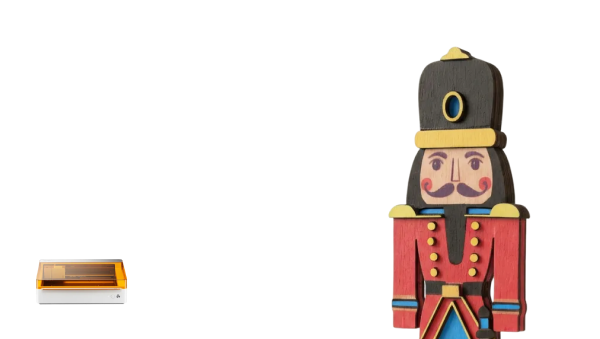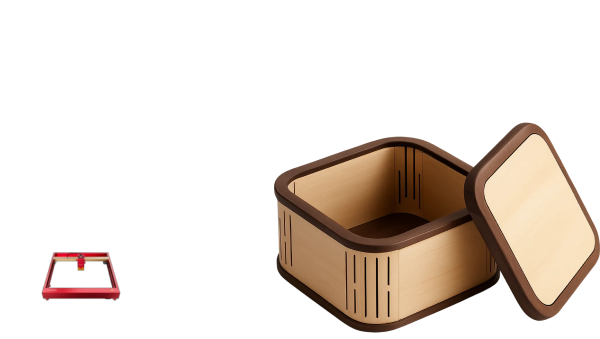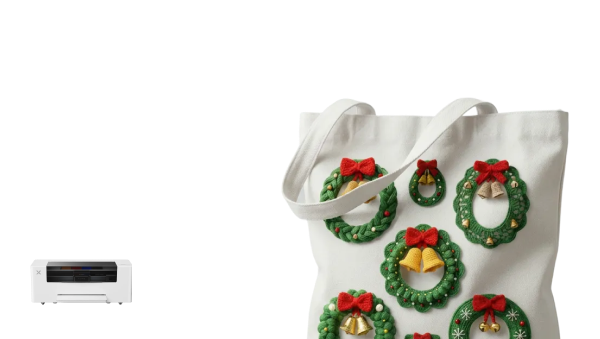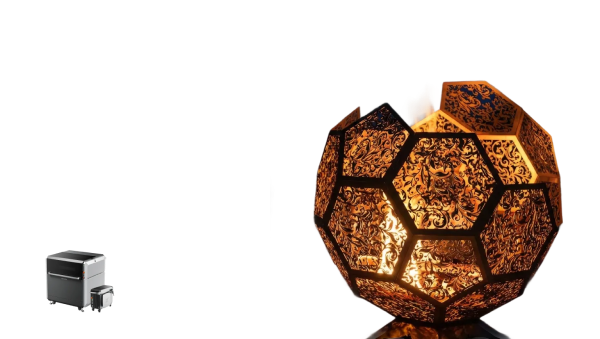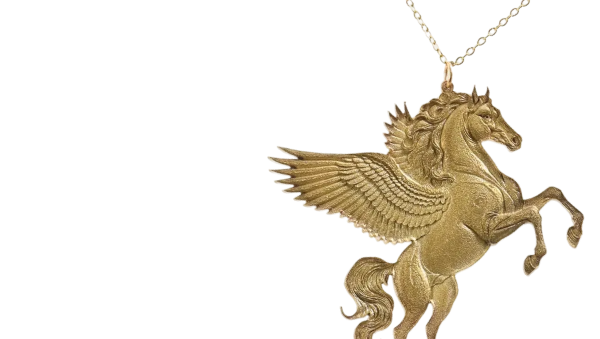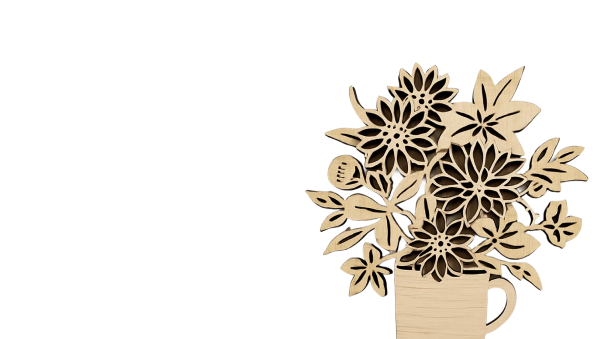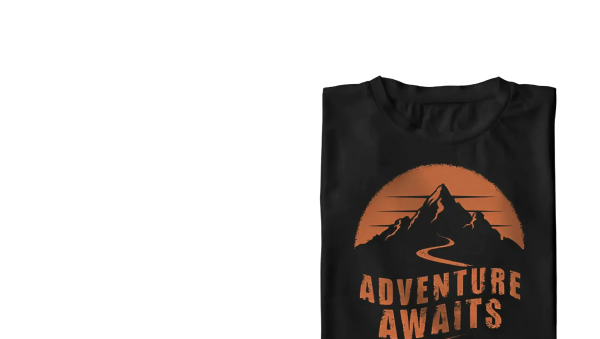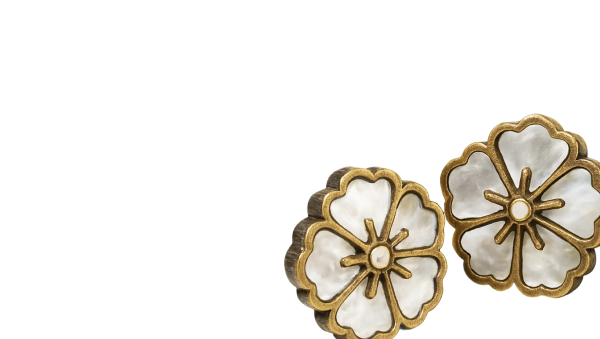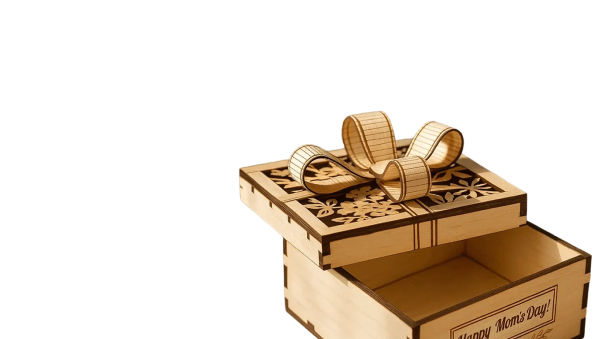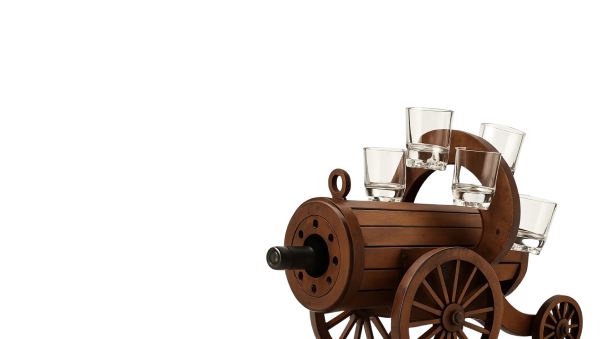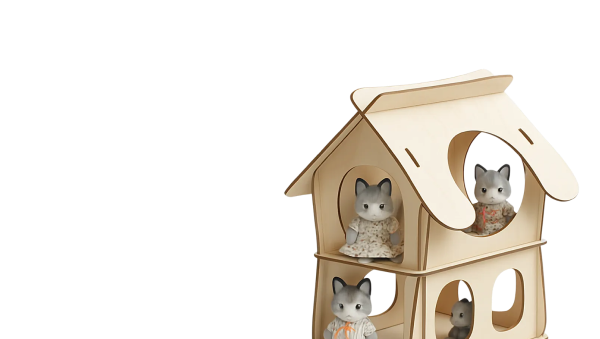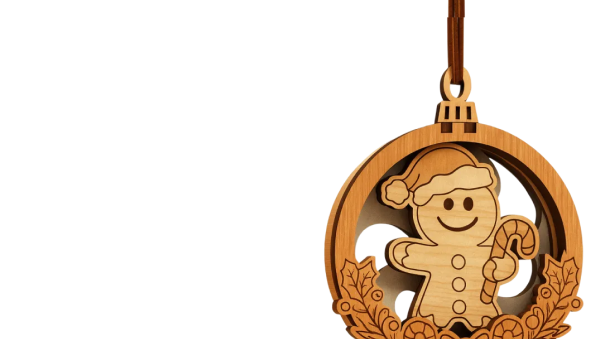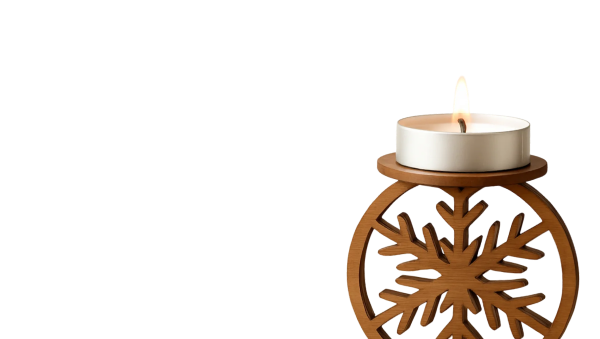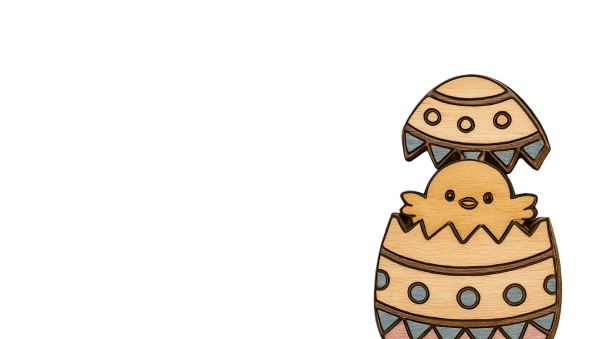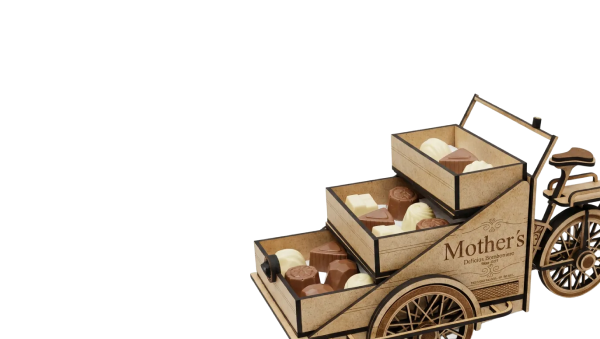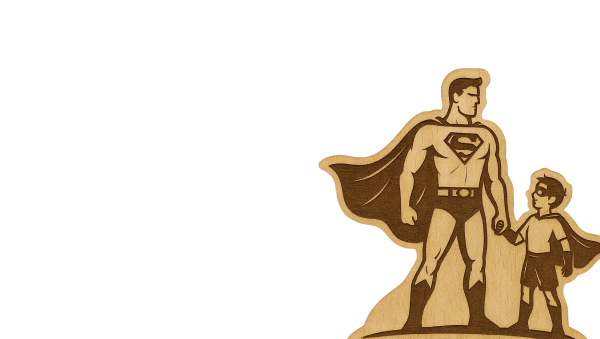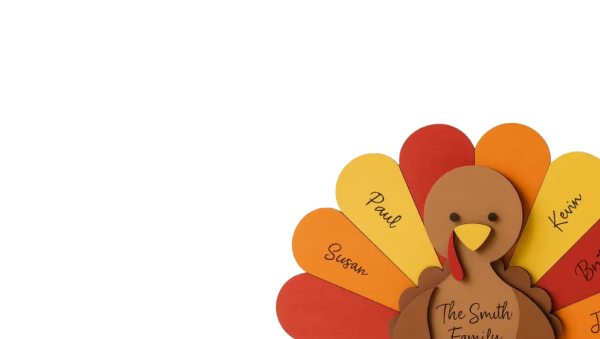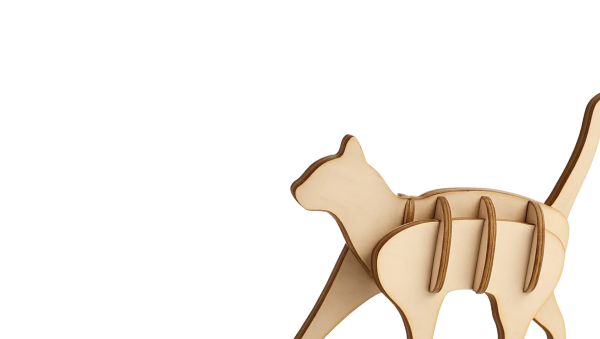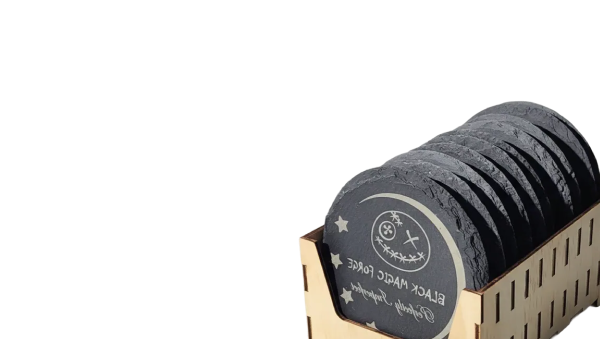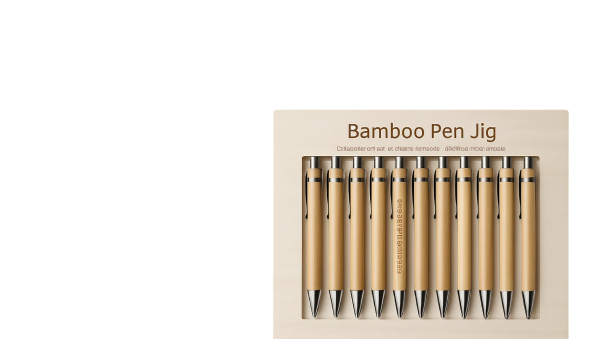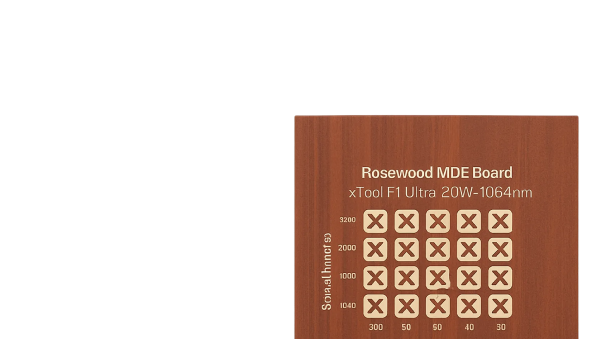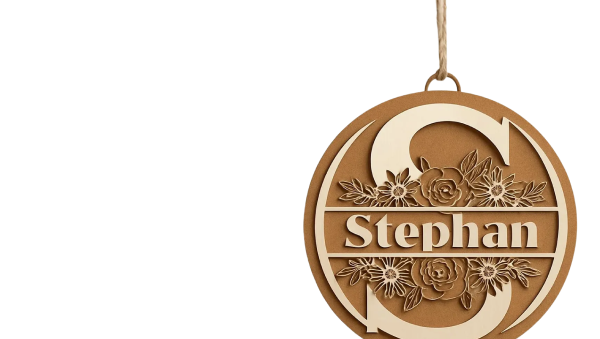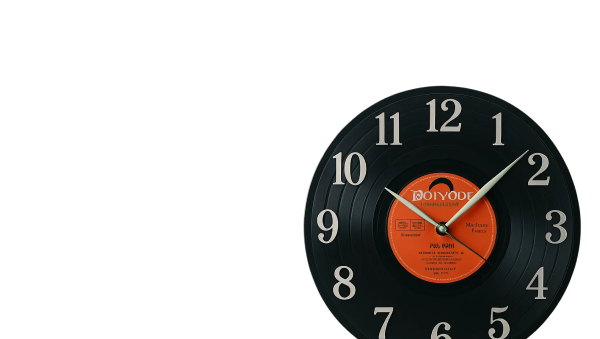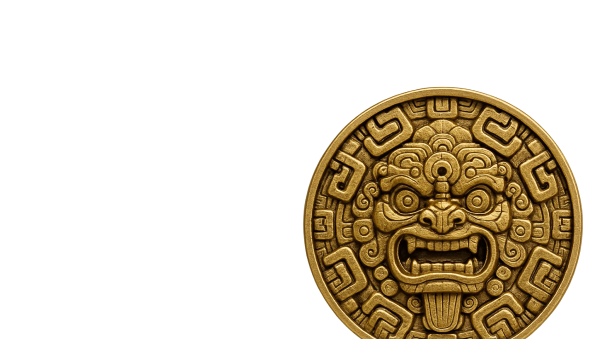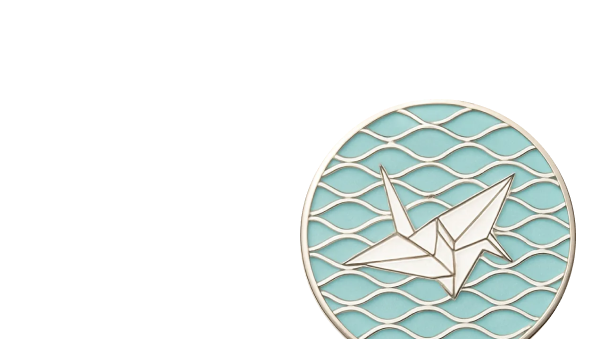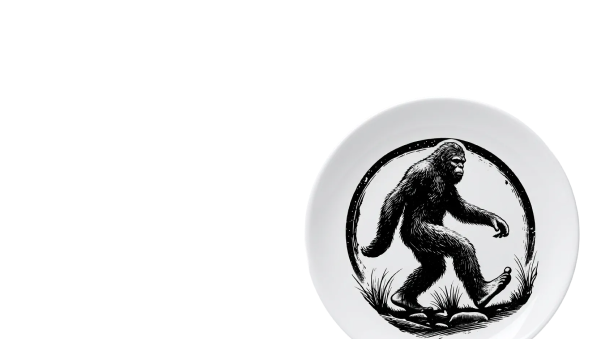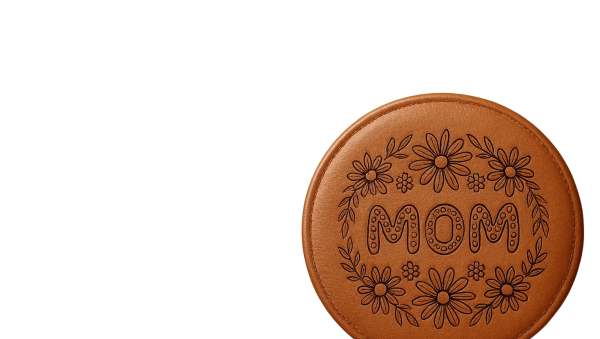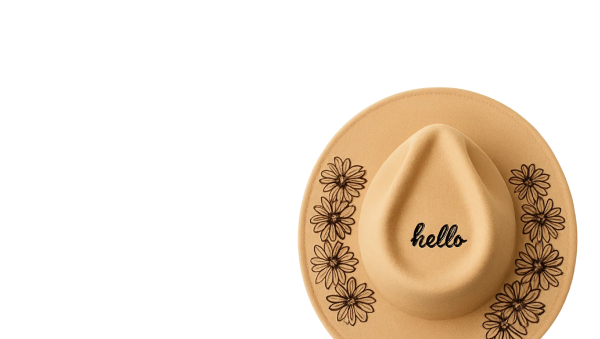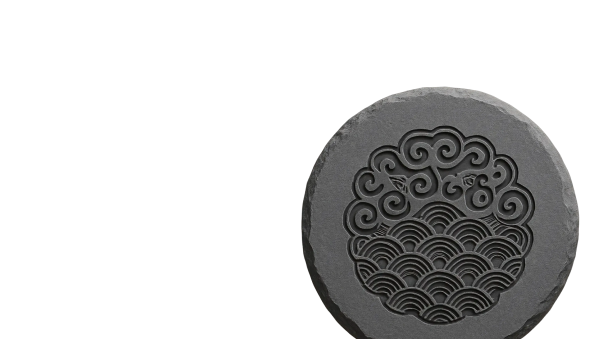![[Laser cut and engrave] Foam Magnet for Moms](https://image-res.xtool.com/resource/xtool/community/attachment/xtool-community/7f9c818b-e0fa-4138-99f2-bc6c54a9b5d9?x-oss-process=image/resize,w_1200,h_900,limit_0/interlace,1/format,webp/auto-orient,1)
Foam Magnet for Moms
Information
Inspired by Anzy's Art's engraved Foam Rubber magnets, on Mother's Day I created a similar magnet that could make a good gift for a mom. My primary objective was to experiment with creating custom-cut magnetic backing using the M1's Blade Cutting feature. It was a success!
This remix is based on

Instruction
Step1: Create and process your design
First up, figure out what you want on your magnet. Maybe it's a piece of art, maybe a company logo, some text, or some combination thereof. Inspired by @Anzy's Art's foam magnets, I knew I wanted to start with a flower, and I started with the roses bunch from xTool Creative Studio's shape library. Since I created this on Mother's Day, I also added a stylized word “Mom,” making a great small gift or gift-topper for a mom.
Set your engraving parameters for the design. I wanted this to run pretty fast, so I cranked the speed up as fast as I can on the M1 to 250 mm/sec and expimented with engraving settings before settling on 35%. Your settings may differ based on your material, color, machine, etc.
Next, select all your design elements and create an outline around them. Start with 2 mm and add or subtract for your desired effect. I wanted to avoid the outline curving up between the legs of the capital “M,” so I pushed my outline out to 2.5 mm.
Aside: If you're wondering where the Outline function went in XCS 2.0, it now sits in the Object properties panel for some reason. I'll rant about the reorganization of features in XCS 2.0 in another post or discussion.
Select your outline and set the cutting parameters. I have a preset for 1/16" foam that I use regularly: 75% power at 30 cm/sec.
Step2: Cut magnetic sheet
As one of my primary objectives with this project was to prove out whether I could use the M1 blade cutter to cut out a custom-shaped magnetic backing, I also created a design for the magnet itself. I found flexible adhesive magnetic sheets on Amazon in 16mil letter-size sheets.
If you also need to cut the backing magnet, set your M1 up for blade cutting. For me, this usually entails removing my honeycomb and replacing my base plate, adding a sticky mat to the base, removing my air hose and reinserting my blade assembly.
I do not recommend using the laser to cut this sort of material since I have no idea what possible fumes or hazards might arise from that action. But the M1's blade cutter could be perfect. And the conclusion: It is!
To design the magnetic sheet layer, copy the border from your current design and paste it on another canvas. Again using the curiously moved Outline function, create an interior outline with a setting of -1 mm. The purpose of this is twofold: First, you want to compensate for any kerf from the foam cutout. But additionally, you don't necessarily want to see the magnet layer when you're looking at it on your fridge or wherever it goes.
Remove the original (larger) outline and set the cutting parameters. For the magnetic sheets I bought, I found that maximum pressure (360) worked best with 3 passes at 80 mm/sec.
When cutting the magnetic material, place it magnet-side down (adhesive side up). This will stick better to the adhesive mat and eliminate the need to reverse your design.
Step3: Join the adhesive layers
For my foam layer, I used EVA foam sheets with adhesive, so basically, I was joining two adhesive layers—always tricky!
To apply the magnetic layer to your foam cutout, remove the adhesive layer from the magnetic sheet and carefully place it on the back of the foam. Use a roller or a flat surface to firmly secure the adhesive without adjusting or disturbing the layers.
Now share your magnet proudly or gift it to someone special!
